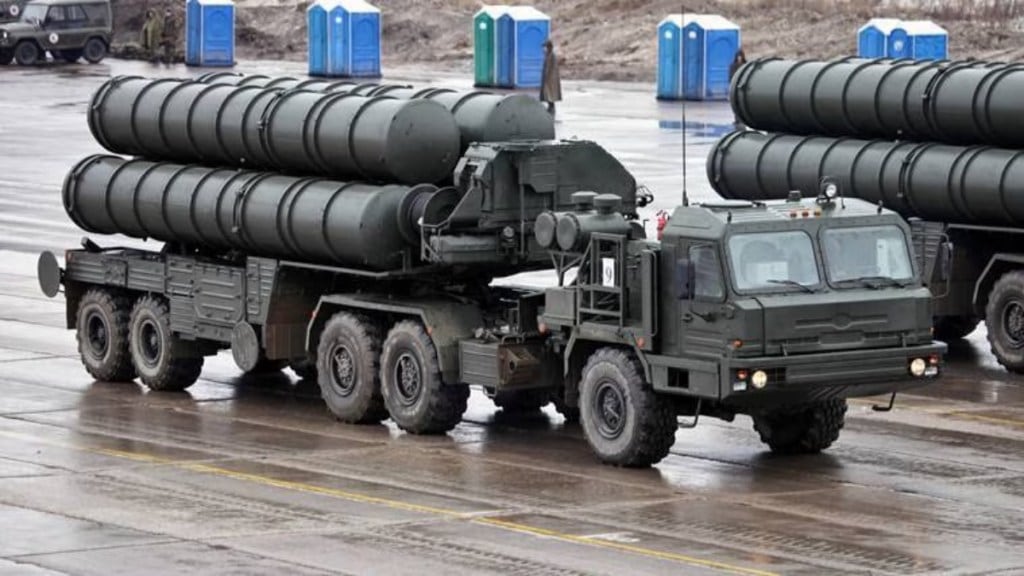Operation Sindoor: As tensions with Pakistan escalated on the night of May 7–8, 2025, the Indian Air Force’s (IAF) S-400 “Sudarshan Chakra” air defence missile systems played a decisive role in neutralising incoming aerial threats. The high-stakes deployment marked a pivotal moment in India’s air defence capability and sent a strong strategic signal to adversaries. On Thursday morning, India responded by targeting air defence radars and systems at multiple locations in Pakistan, with reports confirming the neutralisation of a site in Lahore.
What is the S-400 Sudarshan Chakra?
The S-400, referred to as “Sudarshan Chakra” in Indian service—a nod to the mythological divine weapon of Lord Vishnu—is one of the world’s most advanced long-range air defence systems.
Features of the S-400 Sudarshan Chakra
Designed by Russia and procured under a Rs 35,000 crore deal signed in 2018, the system is designed to detect, track, and destroy a wide array of airborne threats, including fighter jets, drones, and ballistic missiles, at ranges of up to 400 km.
Each S-400 squadron comprises two batteries, each equipped with six launchers, a radar unit, and a control center. Integrated with the IAF’s command network, these squadrons form a highly responsive and layered aerial shield. Of the five squadrons contracted, three are currently operational, with the remaining two expected by 2026.
Former Vice Chief of the Air Staff, Air Marshal Shirish Baban Deo (Retd), while speaking on S400 sais, “It is a very capable system, perhaps the most potent system in the world. It is not just one missile but a mix of 3 different missiles. Each missile is optimised for a purpose. It has also got 3-4 different kinds of radars. The system is very difficult to jam…”
Successful interception of Pakistani targets
On Wednesday night, the S-400 systems were deployed to intercept hostile targets approaching Indian airspace. According to defence analysts, the systems successfully neutralised incoming drones and aircraft, effectively thwarting Pakistan’s attempts to escalate the conflict. This swift and precise response demonstrated the system’s efficiency and the IAF’s readiness.
In retaliation, the Indian Armed Forces reportedly targeted and neutralised a Pakistani air defence system near Lahore using Harpy drones. This response followed Pakistan’s intensified shelling along the Line of Control in Jammu and Kashmir, which caused civilian casualties and involved drone and missile attacks on Indian cities including Srinagar, Jammu, Pathankot, Amritsar, Ludhiana, and Bhuj.
What are the capabilities and operational impact of S-400?
The S-400 system’s ability to track and engage multiple threats across various altitudes and ranges—thanks to its diversified missile arsenal—makes it a formidable shield. It has demonstrated up to 80% success in simulated enemy interceptions during IAF drills. Moreover, its electronic warfare resilience enhances its effectiveness in contested airspace.
Its presence has already prompted strategic recalibration, with reports indicating Pakistan has relocated its F-16 fleet deeper into its territory to avoid detection.
The successful deployment of the S-400 Sudarshan Chakra has not only shielded India from a large-scale aerial assault but also reaffirmed the credibility of its air defence deterrence in the region.
